Our blog has been a bit quiet lately. It isn’t that nothing is going on. It’s just that what we are doing is harder to write about. The topics we’re discussing at the dinner table have morphed from heart-stopping wildlife sightings and bird species identification to things like:
“Given all the problems up here, what are the realistic and workable ways to improve conservation outcomes and achieve sustainable economic growth? How can we use NRT’s Livestock to Market business or tourism development as catalysts?”
“Who are the political stakeholders that need to be involved in increasing the number of teachers in the pastoralist communities and how can we keep teachers in schools when they’re being harassed by local warriors, they don’t have places to sleep and they get paid about half the time?”
We’ve moved from the wonders of the place to the nitty gritty of the work.
Take, for example, trying to acquire KP21, Livestock to Market’s (LTM’s) next purchase of about 350 cattle. KP21 is the brand that will be burned into the hide of each cow in that herd. I don’t know what the KP stands for, but the number ties the animal back to the place and time it was purchased. NRT started with KP1 about seven years ago.
Livestock – cows, goats, sheep and camels — are the backbone of the pastoralist economy. They produce the vast majority of the income, they are how wealth grows and where wealth is stored. They represent a family’s paycheck, investment portfolio and bank account. Cows are the most prestigious form of currency.
Livestock are also the bane of the landscape. They have nibbled what was once dense grassland down into barren red dirt that swirls into dust devils during the dry season and rushes off in muddy rivers during the rains, carving deep gullies into the terrain. There is nothing left for the zebra, giraffe and impala to eat. Livestock also increase human-wildlife conflict. Leopards like the taste of goat, lions like cows. Pastoralists defend their herds by killing the predators. The number of big cats has plummeted.
NRT’s Livestock to Market business is designed to do two things: it boosts family and community income through the reliable, volume purchase of cattle at local markets for a fair price (as opposed to pastoralists having to drive their cattle for days to distant markets where they are at the mercy of cut-throat livestock traders). It is also supposed to provide conservation leverage for NRT. We use our cattle purchases to reward Conservancies that demonstrate a commitment to four main conservation goals: good governance, peace (for people and wildlife), grassland restoration and grazing management. LTM’s cattle purchases should mirror NRT’s conservation scorecard. We should buy cows from the Conservancies with the highest conservation ratings. As we entered 2014 the schedule was obvious; first Westgate, then Lekurruki followed by Namunyak.
The Westgate market was held in February and 237 cattle became KP20. We started planning for the March and April buys; March in Lekurruki, April in Namunyak. Then a bunch of heavily armed Samburu from Mpus Kutuk herded their cattle into Lekurruki’s dry season grazing grounds. Rather than calling NRT’s conflict management team, Lekurruki called the Kenya Defense Forces. More guns. A fire fight ensued. Hundreds of bullets were fired at Lekurruki’s headquarters. Tassia, the Conservancy’s high-end tourist lodge, was evacuated. A couple of people were injured, no one was killed. A few days later, violence erupted in Namunyak, for essentially the same reason, large scale grazing incursions. Herders from a neighboring Conservancy brought their livestock and their guns into Namunyak and refused to leave. Instead of calling in the peace makers, they shot it out. Another high-end lodge evacuated, another couple of people injured. No one was killed but everyone was, in one way or another, acting badly. Not exactly something we wanted to reward with a big cattle purchase.
The next two Conservancies in the ratings hierarchy – Ngare Ndare and Il Ngwesi – wouldn’t have cows to sell until the summer. The Conservancies pestering us to buy from them – Kalama and Biliqo Bulesa – are “problem children” and performing poorly on all fronts. What should we do?
In the end we have decided to go ahead with a combined Lekurruki/Mpus Kutuk market with the proviso that we will only buy from Mpus Kutuk if they take their cattle and guns out of Lekurruki. It remains to be seen if the purchase of 350 cattle will be sufficient motivation for them to cooperate. What is clear is that those of us running the programs and trying to make change need to be flexible and adaptable. For a rule-following American, this can be frustrating. It is second nature to most Kenyans. I am learning to operate more like a Kenyan.
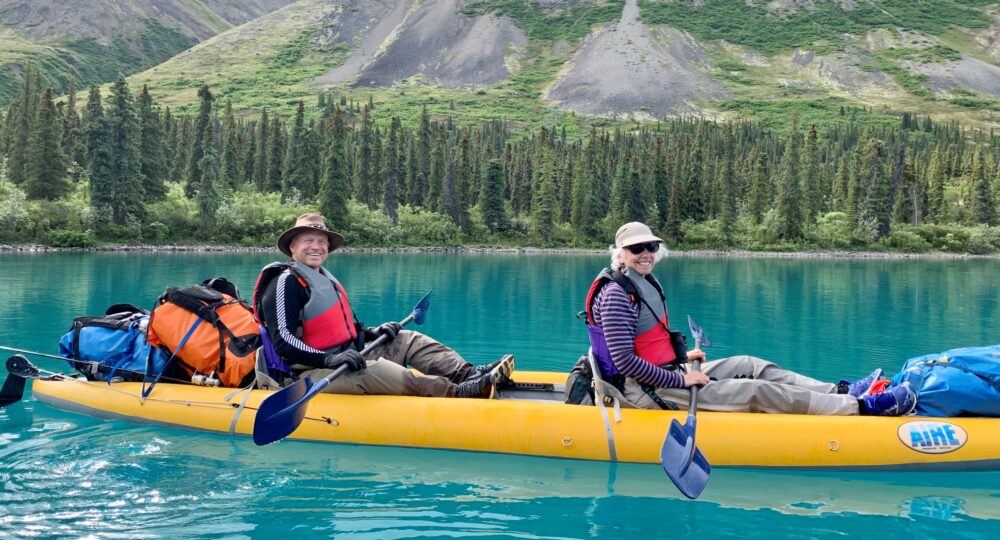
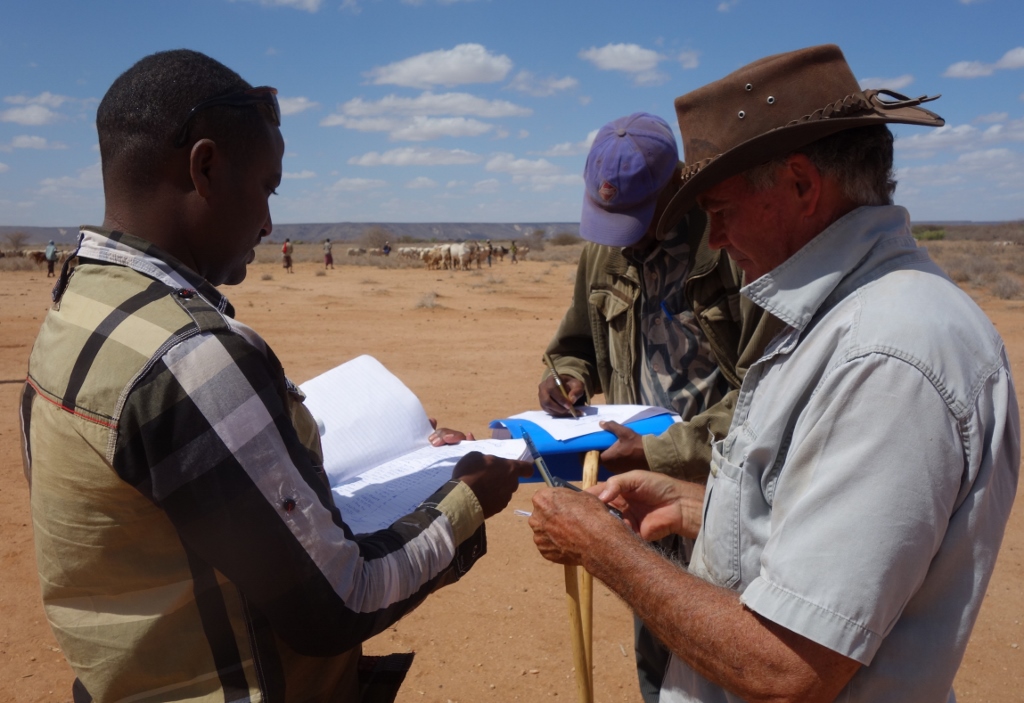
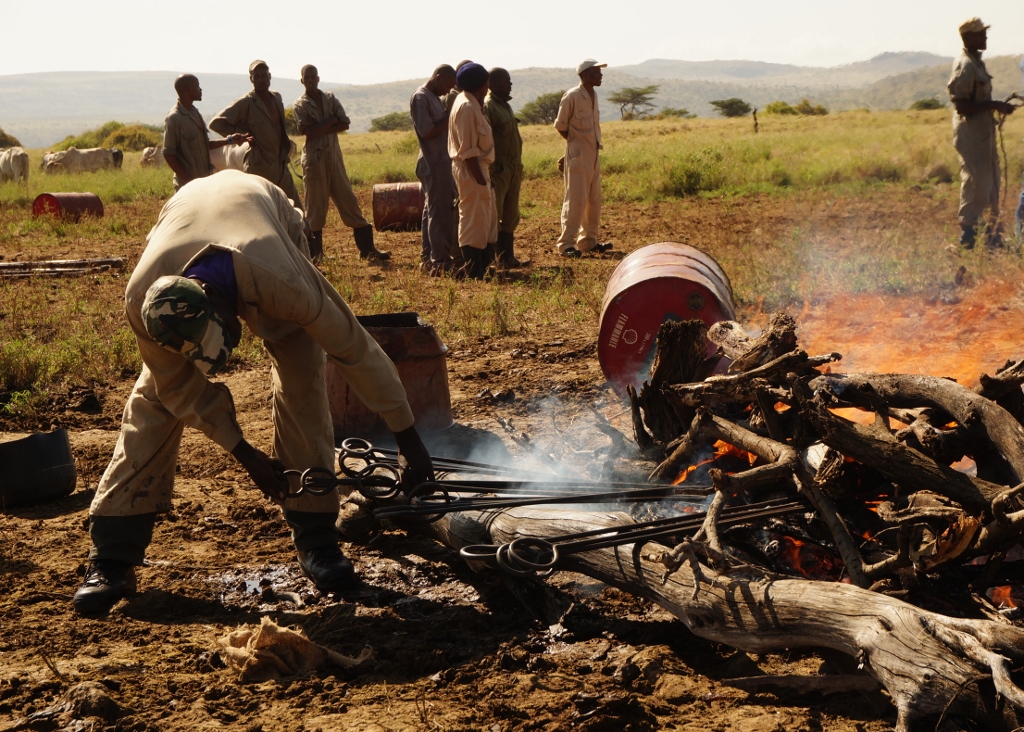
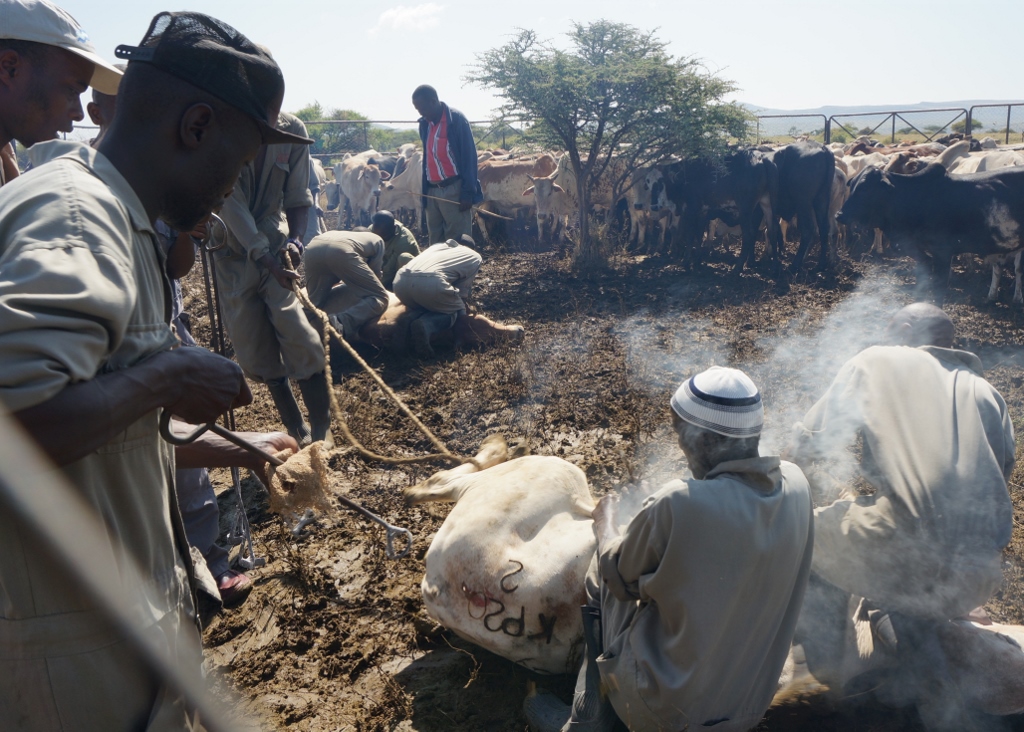
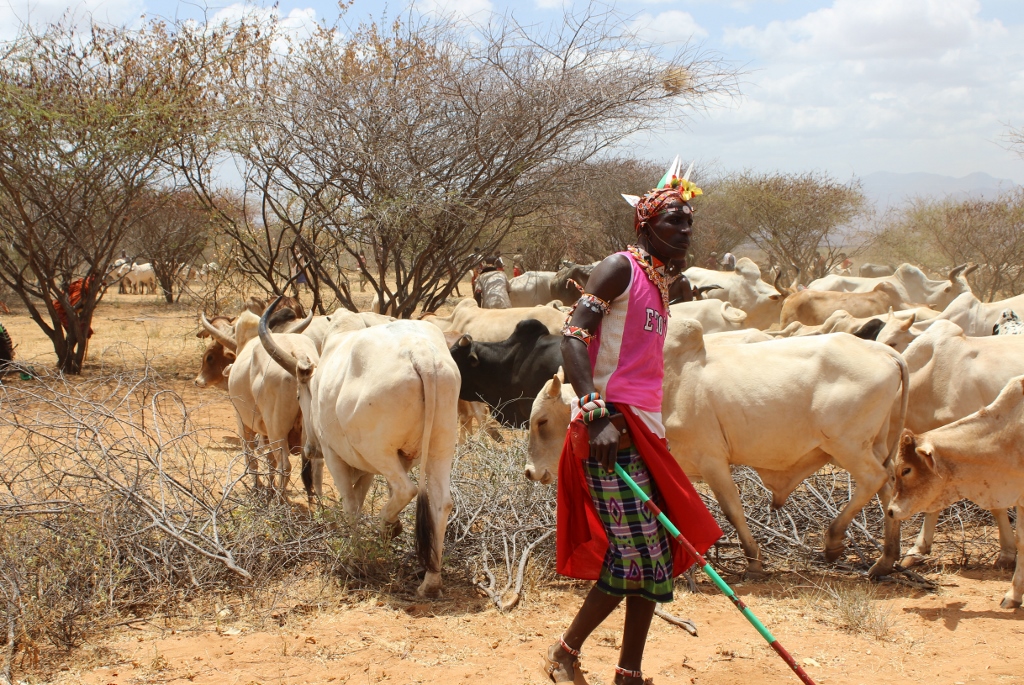
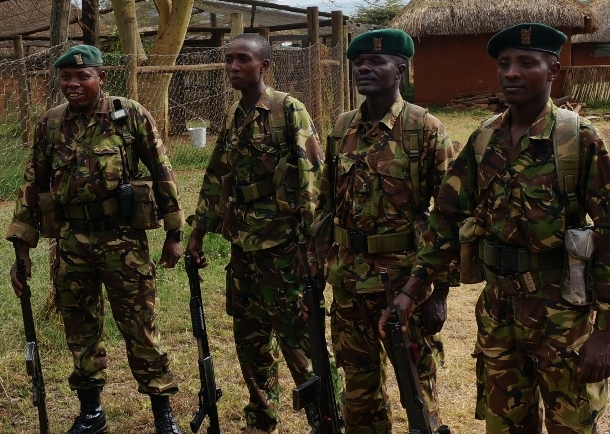
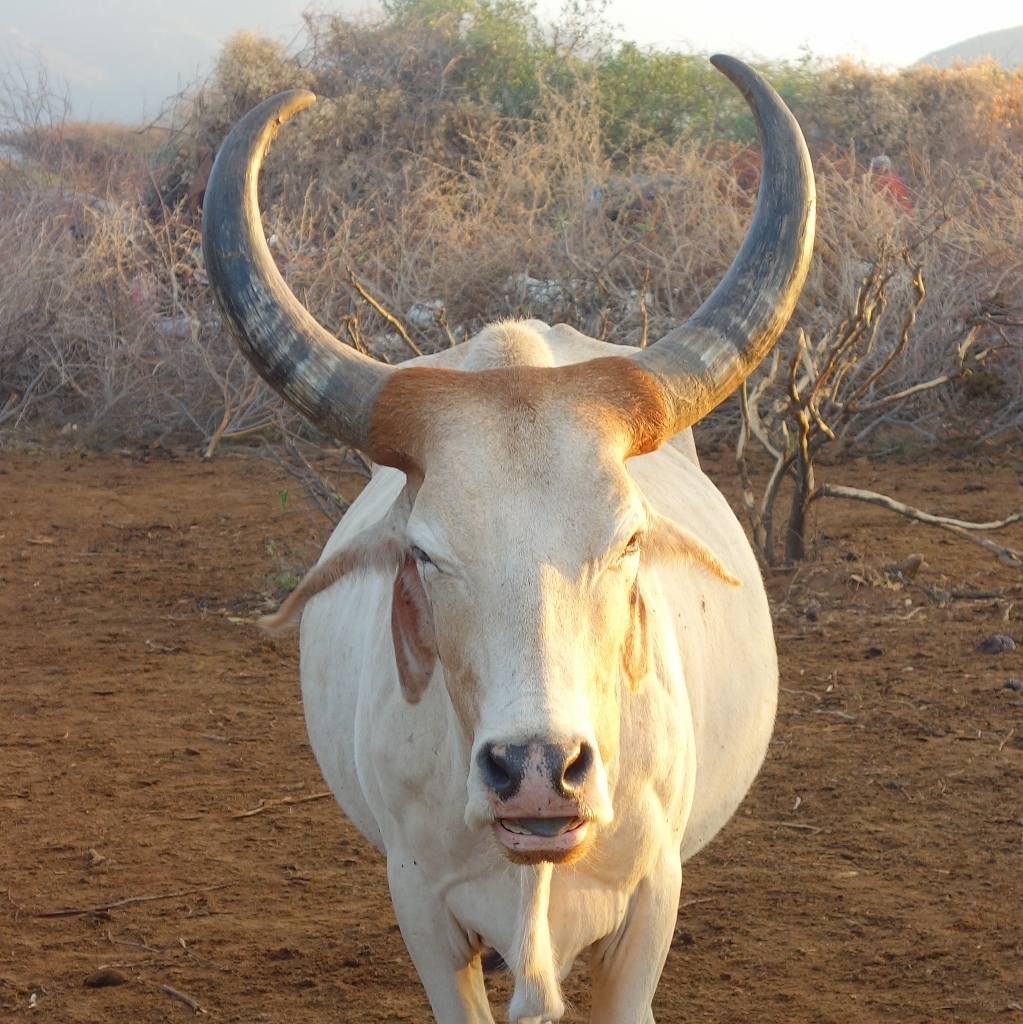
There are no easy answers. Maybe fewer heads purchased would have sent a message that “peace” is required for commerce to thrive.
You should start a blog based contest to figure out what “KP” stands for.
My submission is: Kenyan Pride
Stay safe and away from the bullets.
This is such a well written explanation of some of your work there. Keep it up. Good job. Thanks for the call last night. It was nice to hear your voice.